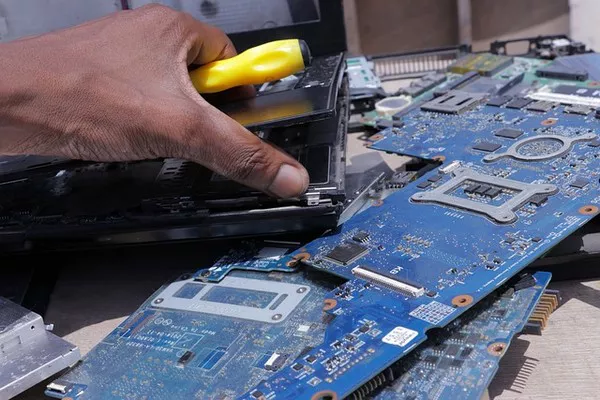Class 2 electrical equipment is a distinct classification that plays a crucial role in ensuring electrical safety and preventing potential hazards. In this informative guide, we delve into the realm of Class 2 electrical equipment, shedding light on its definition, characteristics, and the significance it holds in various applications.
1. Definition and Classification: What is Class 2 Electrical Equipment?
Class 2 electrical equipment refers to devices and appliances that are designed and engineered to provide an additional layer of safety through a low-voltage power supply. Unlike Class 1 equipment, which relies on grounding and insulation, Class 2 devices operate within specific voltage limits, reducing the risk of electric shock and fire hazards. This classification aims to enhance safety, especially in environments where moisture, dust, or other adverse conditions are present.
2. Safety through Isolation: The Key Feature
One of the defining characteristics of Class 2 electrical equipment is electrical isolation. These devices are designed to isolate the user from potentially hazardous electrical currents by utilizing low-voltage power sources. This isolation minimizes the likelihood of electric shock, even if a fault occurs within the device’s internal circuitry.
3. Limiting Energy: Voltage and Current Regulations
Class 2 electrical equipment adheres to stringent regulations regarding voltage and current levels. In the United States, for instance, the National Electrical Code (NEC) stipulates that Class 2 circuits must not exceed 100 volts and 100 VA (volt-amperes) of power. These limits are carefully defined to ensure that the equipment remains within a safe range, mitigating the risk of electrical accidents.
4. Application Diversity: Where is Class 2 Equipment Found?
Class 2 electrical equipment finds application in a wide range of settings, from residential and commercial environments to industrial and medical facilities. Common examples include low-voltage lighting systems, telecommunications devices, audio equipment, and medical instruments. These devices are often identified by the presence of a “Class 2” or “Limited Power Source” label on their labels or packaging.
5. Benefits Beyond Safety: Efficiency and Reliability
Apart from their primary focus on safety, Class 2 electrical devices offer additional benefits. The use of lower voltages contributes to energy efficiency, reducing power consumption and potentially leading to cost savings. Moreover, the isolation of circuits enhances the reliability and longevity of the equipment by reducing the impact of electrical interference and noise.
6. Wiring Simplicity and Flexibility: Installation Advantages
Class 2 electrical equipment simplifies wiring and installation processes. The reduced voltage requirements often allow for smaller and less intricate wiring systems. Additionally, the lower voltage thresholds often eliminate the need for conduit or protective shielding, streamlining installation and maintenance efforts.
7. Regulatory Compliance and Certification: Ensuring Safety
Manufacturers of Class 2 electrical equipment are subject to rigorous testing and certification processes to ensure compliance with safety standards. Regulatory bodies, such as the Underwriters Laboratories (UL) in the United States, evaluate and certify these devices for their adherence to specific safety protocols. Consumers can look for certification labels on Class 2 equipment to verify their safety and quality.
In conclusion
Class 2 electrical equipment stands as a testament to the industry’s commitment to enhancing safety and efficiency in electrical devices. With its focus on electrical isolation, voltage and current limitations, application versatility, and the benefits it offers beyond safety, Class 2 equipment occupies a crucial niche in various sectors. Embracing this classification ensures that electrical devices not only function effectively but also prioritize the well-being of users, underscoring the harmonious balance between innovation and safety in the realm of electrical technology.

